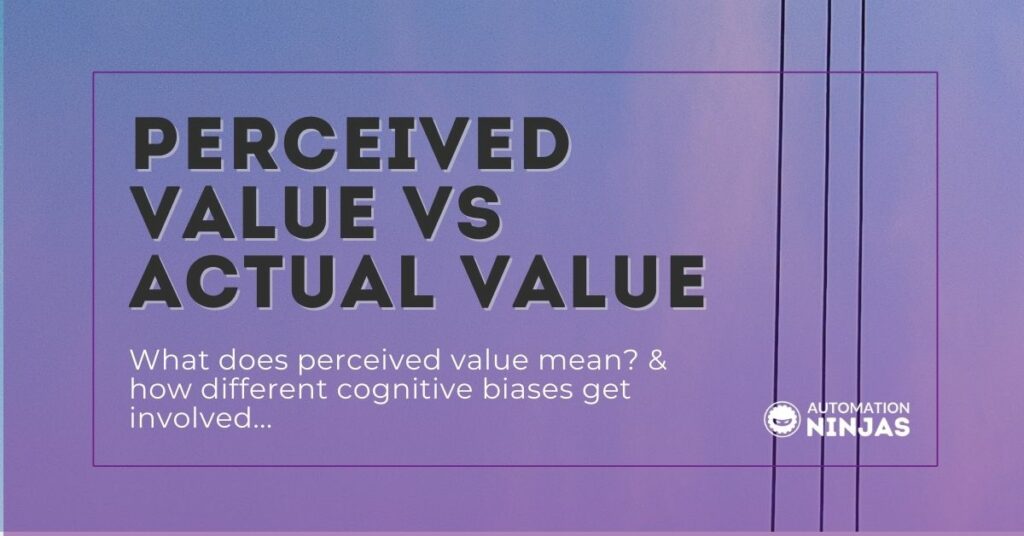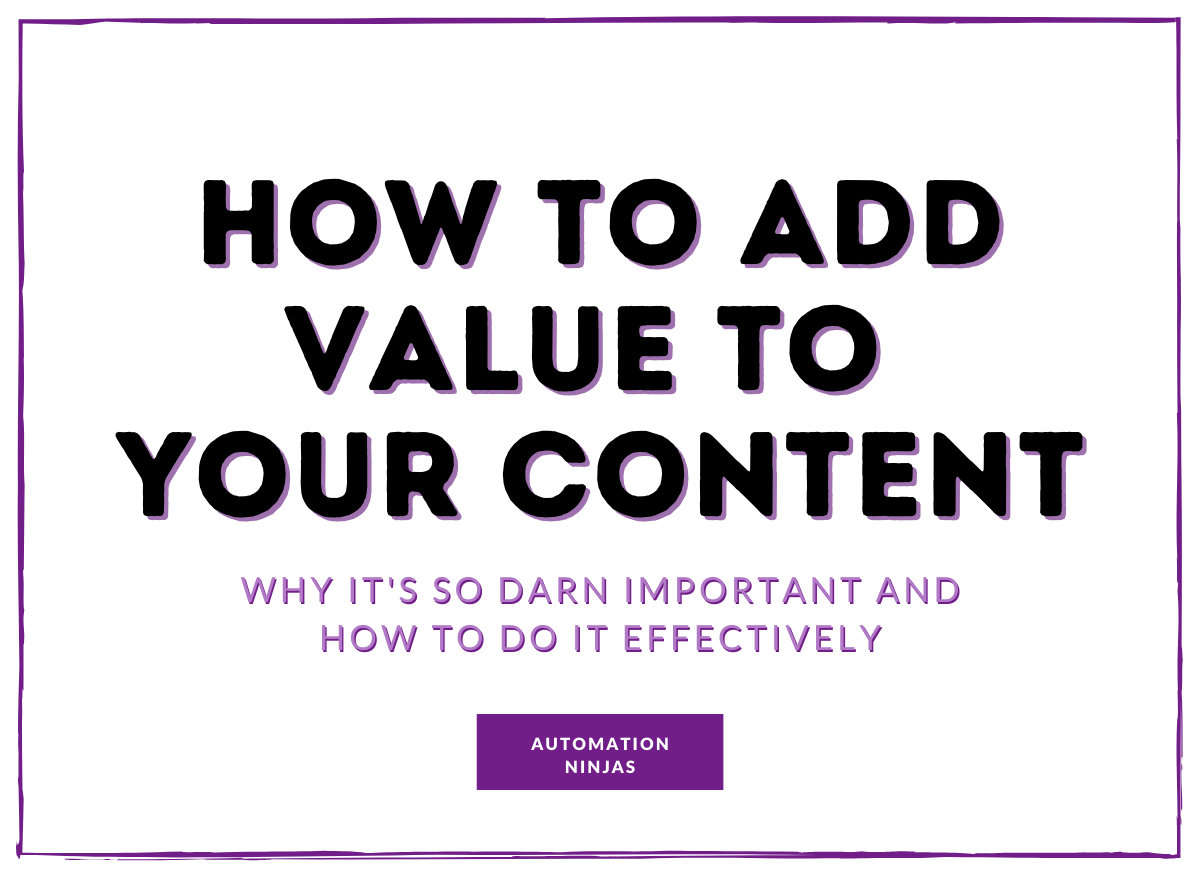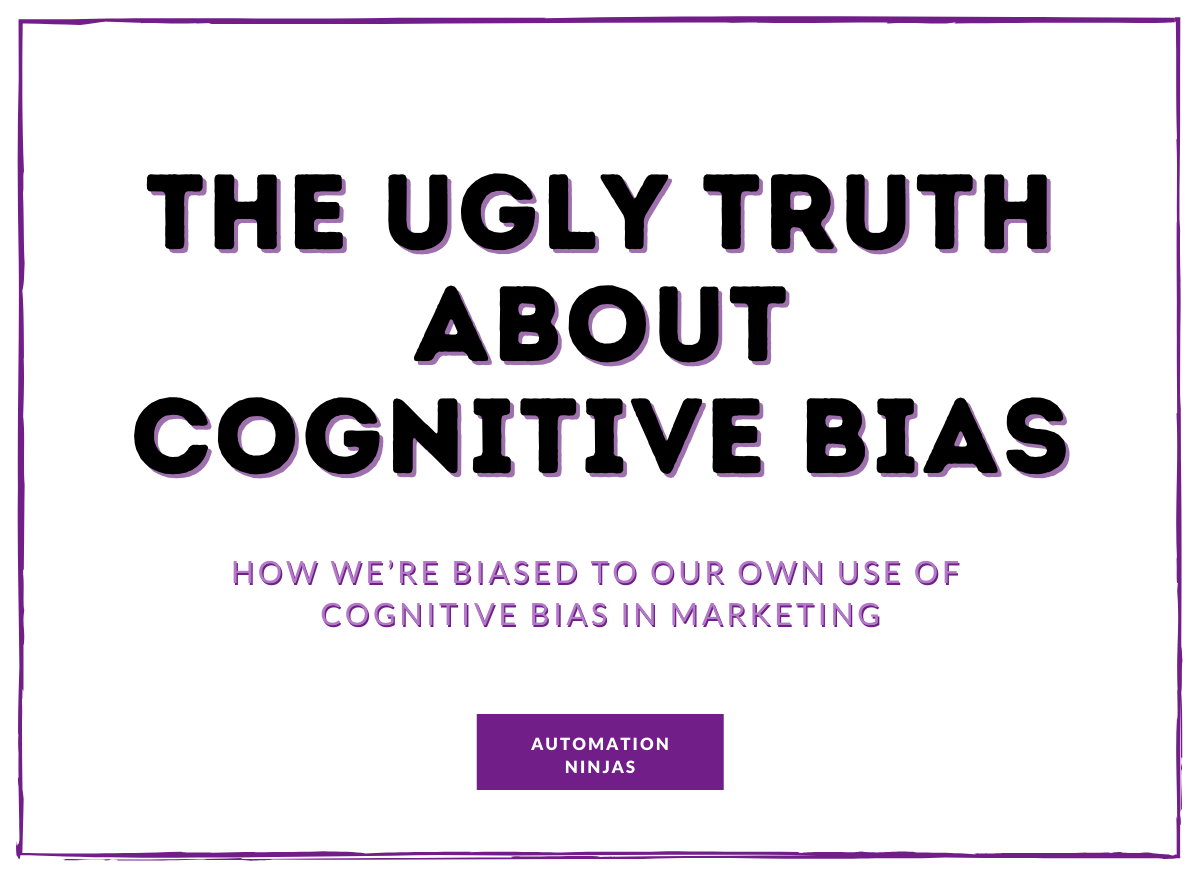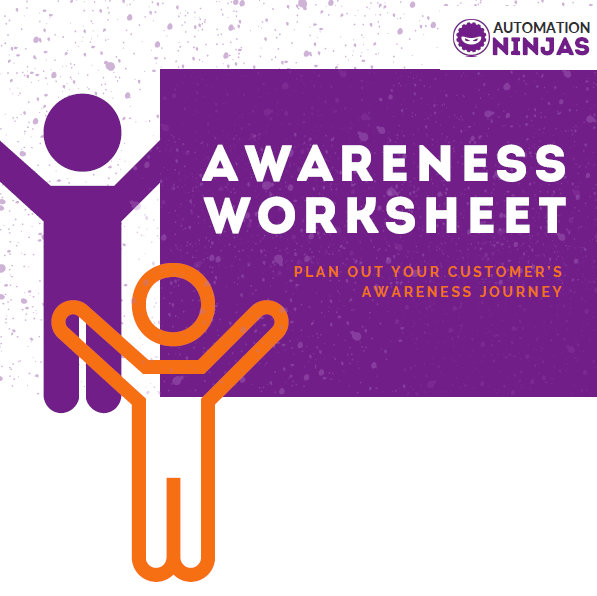Author: Ashton Oldham
Hey there, I'm Ashton, the Content Ninja with a penchant for creativity! I'm all about crafting killer customer-focused content and sprinkling it with that special sauce that makes brands pop. Teaching, strategising, organising (people and projects), and spicing up collaborations? That's my jam!
What is Perceived Value?
As suggested in the naming - perceived value is all about perception. More decisively, it’s
What a consumer thinks a product or service is worth.
A consumer views and evaluates a product/service, looking at cost, reputation, reviews, and how it measures up to their wants and needs. They create an expectation of product worth and compare it to how much they must pay to obtain it.
We can look at this as a simple formula
Customer Expectation - Perceived Cost = Perceived Value
What is Actual Value?
On the other hand, we have actual value, which is
What a product or service is actually worth.
When launching a product to marketing, you must decide on a price point. Ask, “what is it actually worth?”
It’s important to price your offering correctly - considering manufacturing costs, profit margins, etc.
Moreover, it’s crucial to consider perceived value, as it will ultimately affect the end price.

Wait... There's more!
So, how does Perceived Value work?
Design and appearance - Is it aesthetically pleasing, user-friendly, and appealing? If not, consumers will likely regard it with less value. This should be taken into account for all types of solutions. Think about software interfaces, handbags, perfume bottles, wallpaper, cupcakes, and mobile phones, to name a few. But also think about the brand’s appearance; website, logos, uniform, restaurant design and layout, food packaging etc.
Task value - In what ways, and how effective, is it at improving consumers’ lives? Consumers all want to have better-quality, easier lives. If your solution offers that in bucket loads, the perceived value will be higher; therefore, the price point can be too.
Availability and exclusivity - Something readily available elsewhere will have to compete, and something more exclusive will have less competition in the market. This can alter how valuable your solution seems to the consumer. Availability can also be considered in the form of convenience. Remember, they want an easy life; inconvenience can reduce perceived value.
Emotion - When marketing or selling to people, expect emotion to get involved! This is where it’s ideal to know your audience. Something that appeals to them emotionally will hold a higher value.
Brand Reputation - We all know how this works; reputation can make or break a product or service. A brand's reputation will more than likely sway consumers' perceptions, which isn’t just referring to what people say about it in the market. It can go as deep as how a company treats its staff, what policies it has, and the core values it’s modelled on.
Pricing - This can be a difficult one. We are well aware that luxury comes with a high price point, thus creating a perception of quality. But not everyone wants to pay high prices for high-quality. Consumers expect it to at least match; if the quality is much lower than the price, it will negatively affect perceived value.
However, if you flip that and have a lower price point - perhaps a sale or discount - it can increase the value in a consumer's mind. They think they are getting more value for their money. Be aware, though; discounting can be a trap many businesses fall into and struggle to get out of!
And finally, remember that your prices will be compared to alternatives in the marketplace.
The Psychology of Perceived Value
Here’s an excerpt from The Framing of Decisions and the Psychology of Choice by Amos Tversky and Daniel Kahneman.
“A decision problem is defined by the acts or options among which one must choose, the possible outcomes or consequences of these acts, and the contingencies of conditional probabilities that relate outcomes to acts. We use the term decision frame to refer to the decision maker's conception of the acts, outcomes, and contingencies associated with a particular choice. The frame that a decision-maker adopts is controlled partly by the formulation of the problem and partly by the norms, habits, and personal characteristics of the decision-maker.”
Let’s boil that down into something a little less mind-boggling! (At least for those of us who don’t speak or think like an academic.)
We know consumers are the decision-makers. They choose to research and purchase a product or service. It’s their choice - we cannot make it for them - and they will make this choice depending on various factors.
In marketing, it’s our job to provide framing.
The framing effect is a cognitive bias in which the brain makes decisions based on what information it receives and how it’s presented.
We use the framing effect to influence decision-makers and their purchases. Every consumer will view the same information differently or respond to that information differently. It’s why we don’t just use a blanket message to market our brand and solutions.
It’s also pivotal that we aim to present the information in a positive frame.

Bear with me, just doing some framing

3 Types of Framing to Influence Decision-Makers
1. Attribute Framing
Think about it as highlighting the positives of your solution and the consumer making a purchase decision over the negatives of not taking action and not buying.
Negatives here are important. For instance, we like to showcase consumers' problems or pain points. Then, when presented with a solution, it becomes more desirable - and getting a consumer to desire your solution is the key to attribute framing.
Attribution framing is why clearly displaying benefits in copy is so important. Your prospects need to be able to connect the problem they're trying to solve, with the solution, and you and your products and services. The frame of their pain (the problem), and the benefits of solving it with your offerings helps provide much needed context as they are parsing information and making decisions.
2. Risk Framing
There will always be an element of risk in a consumer's purchase decision. People are risk-averse. This is why we need to frame the options and decisions regarding what they will gain.
It’s important to understand the amount of risk a consumer is willing to take to avoid a loss. You will never remove the risk entirely, so making the risk as small as possible will lessen the loss aversion and make the decision easier.
Where there is a high level of risk, helping consumers understand the associated costs is part of the frame in which they make their decision. There is risk in taking action, but there is also risk in inaction. Laying this out gives context, and an opportunity for you to mitigate risks. Money back guarantees, trial periods, and free trails are all variations on ways to reduce perceived risk.
It's incredibly important to understand the perceived risks, and what they mean to prospects, and then actively plan to help them contextualise within that frame.
3. Goal Framing
Consumers purchase to solve a problem or fulfil a want or need - a way to improve their current situation. It’s important to draw on these things to frame the decision toward achieving that goal. As well as highlighting the negatives of leaving this need unattended.
Goals don't always match what the problem that is being solved. For instance your consumer could be coming to you to lose weight - their end goal isn't losing the pounds, it's self confidence and feeling better in themselves.
Spending time to understand how goals match with the solutions you provide helps you tap into the deeper and more implied motivators behind their decisions. Again this helps you provide context and frame the decision in a way that speaks to them.
Key Takeaways
Perceived value will always exist, and it has to outweigh the perceived cost. Consumers will have cognitive biases that impact the decision-making process; we need to account for those in our messaging to ensure perceived value isn’t negatively affected.
We must understand our consumers to speak to them in a weight that increases perceived value and combats biases. To do that, we need to put the consumer first. Think about what they will assess to create perceptions - problem-solving attributes, cost, brand, design, availability etc.
And we MUST provide this information. If we don’t, we give the consumer the right to fill in the blanks, which they will do. Moreover, this could go against us depending on what information they source to support their decisions. (Imagine leaving them to learn from a competitor!)
A Great Place to Start
Mapping out the consumer awareness journey is a great starting point. It will provide you with insights into a consumer's mindset and required outcomes at each stage. You can create relevant messaging if you plan out their problems and challenges, wants, needs, and goals and what information they require to support them.
This can then guide your content. From website copy to blogs, social posts and ads. Re-framing the value and increasing it in your favour (but mostly just helping the consumer - that should be the #1 goal).







